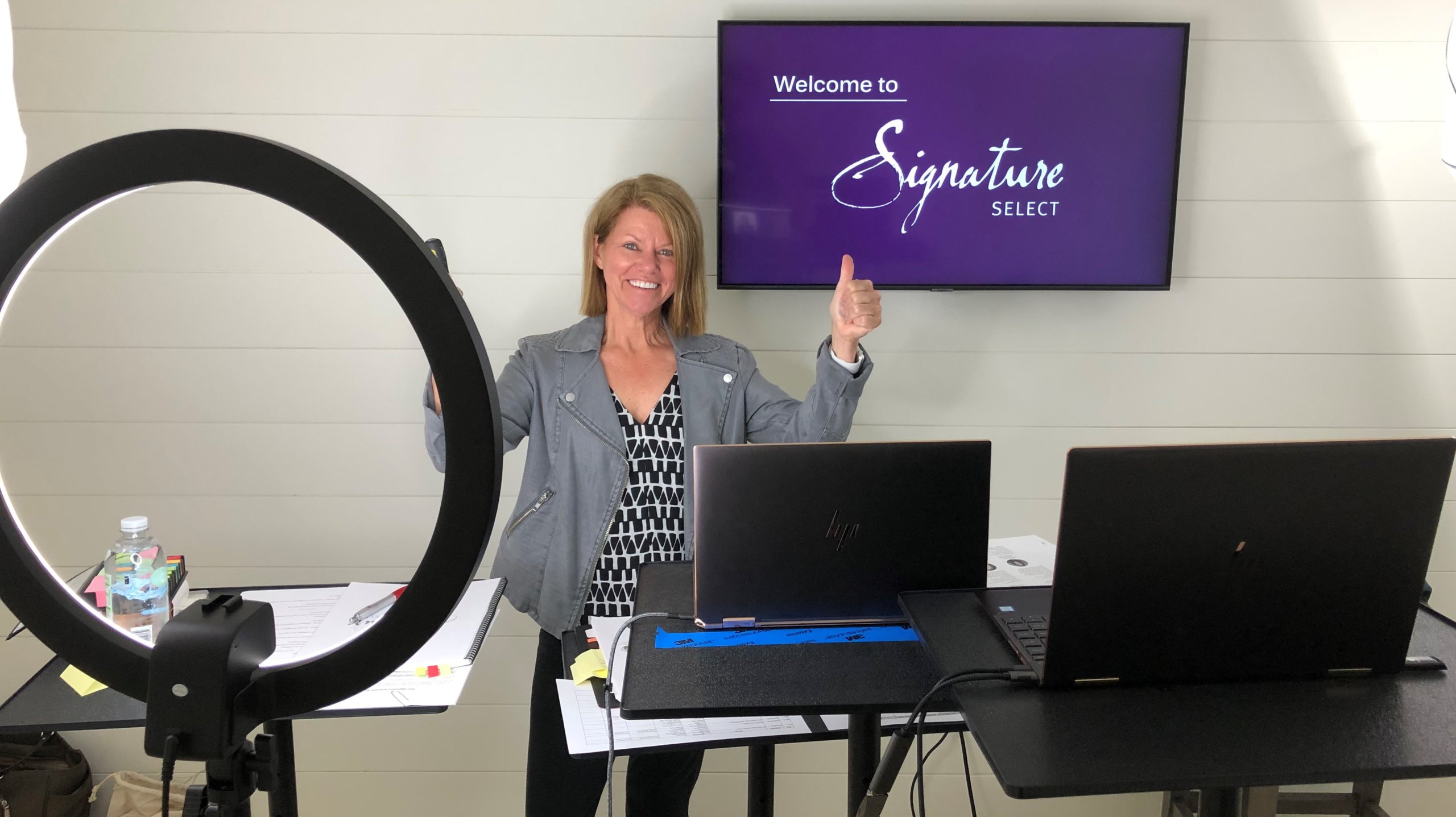
When we first started working from home, most of us were delighted to be rid of our commutes and to have that time back to ourselves. But as team members began to realize they had more time, the days have somehow become even more jam-packed than before. After spending all day on “Zoom” calls, we are seriously tired. How can we possibly think about finding more time to learn?
Did you know that our IQ is relatively fixed by the age of six? To learn, we must have a growth mindset. First, we need to believe in our ability to improve. Then, we need to create instances that allow the growth to take flight.
There are three such instances I lean on because they are easy to do, and I feel they lighten my load versus add more things to do. Perhaps, one or all of these can serve you, too.
Growth Through Pausing
Too often, we think that the limiting factor to our growth is time. Yet, we have experiences every single day that create opportunities to learn. The trick is to capture the moments before life’s demands move us on to the next thing. To capture those moments of reflection, create a ritual. I like to do this before bedtime when things begin to quiet down around the house. Take a few minutes, at a routine time and in a special space (perhaps a comfy chair with a soft throw over your lap), to pause, reflect, and capture what happened during the day. Where did a new idea come in to play? Where might you have had your own bias show up? How did you feel about a given situation? What did you hear that you could use later?
You might also have a trigger that can help you pause at any time during the day. I once worked for a CEO who kept a box of crayons on his desk. Several times a day, he would open the box and hold it to his nose. The smell of the crayons reminded him of childhood, which would channel fun and creativity. During those moments, he would pause to think about what just happened and what was ahead.
Growth Through Bridging
While the pandemic has been helpful in creating deeper relationships with our immediate work teams, it has been detrimental to our ability to spark fresh thinking and collaboration from a chance meeting in the hallway. Sociologist Robert Putnam refers to two kinds of social capital: bonding capital and bridging capital. Bonding capital happens with more homogeneous groups, such as people from the same work group. We have built a lot of bonding capital this last year! Bridging refers to the ability to know dissimilar people; those who may reside in different business units or industries. It can also mean connecting across differences such as race, culture, or age.
Because we are prone to scheduling our calendars with our immediate work team, think of intentionally scheduling one bridge call per week. You could spark 30 – 40 new contacts and fresh perspectives over a year. The strength of your social capital is a key asset to your leadership.
Growth Through Sharing
We often undervalue our own strengths or experiences when, to us, they don’t seem so exciting or inspiring. And yet, our personal stories may just be the catalyst for someone else’s growth. Don’t hold yourself back from sharing. Giving your time, giving your experience, giving recognition, or helping someone who needs it, are all ways to share. When you give of yourself, you will be surprised at how much you will get in return.
If you haven’t thought about your calendar in a while, revisit it. Identify where you will put your new rituals or triggers, your new bridging discussions, and your sharing. Then, share with us what makes an impact for you and what you learn.
